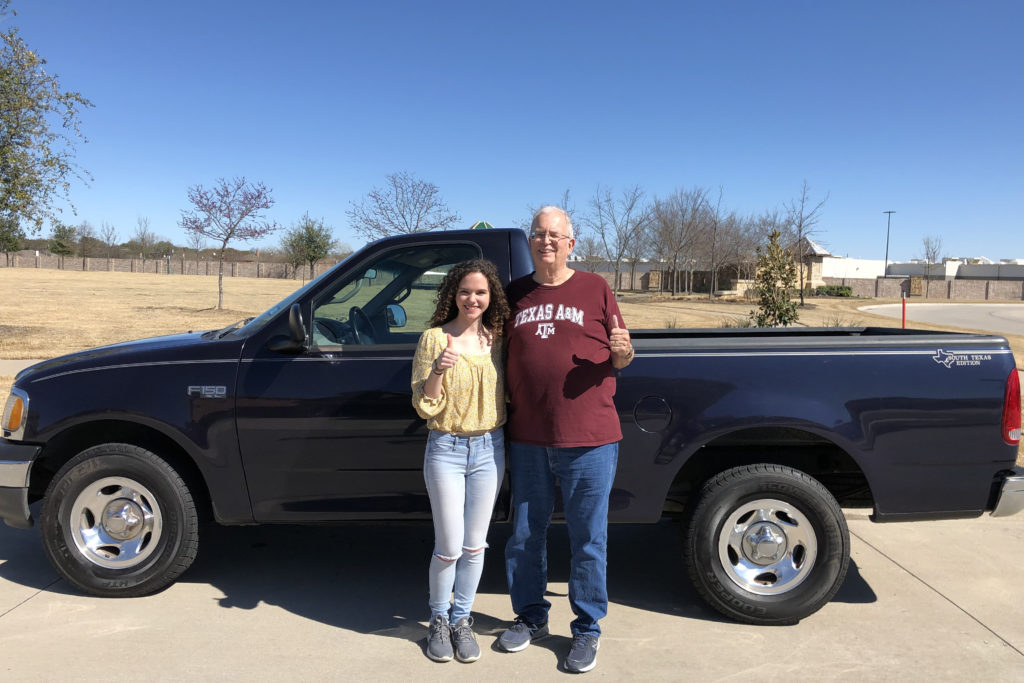
Last semester, I started my job as a BIMS Ambassador for the College of Veterinary Medicine & Biomedical Sciences, and I have absolutely loved it!
As part of our ambassador responsibilities, we give tours of the college, which allows me to meet so many interesting people and alumni, and I also get the opportunity to help families with students who are looking into either a BIMS degree, veterinary school, or both!
Last October, I gave a tour to a very nice couple, Tommy and Laurie, and their 8-year-old grandson, Cooper, who was very interested in animals. Tommy, an alumnus from the Class of ‘69, had a lot of great stories to tell about A&M and his time here, and I could tell that he really enjoyed being back to see the college and its students. Needless to say, the tour went very smoothly and was a lot of fun—I learned as much from Tommy as he did from me!
After the tour, I did not expect to hear from Tommy again, but oh boy was I wrong!
Fast forward to early February—I receive an email from my supervisors saying that they had a special request for me and that they would like me to stop by their office that week. Thinking it was going to be a request to set up a tour I would give, I walked into the office the next day with my planner and a pencil, ready to write down a date and time.
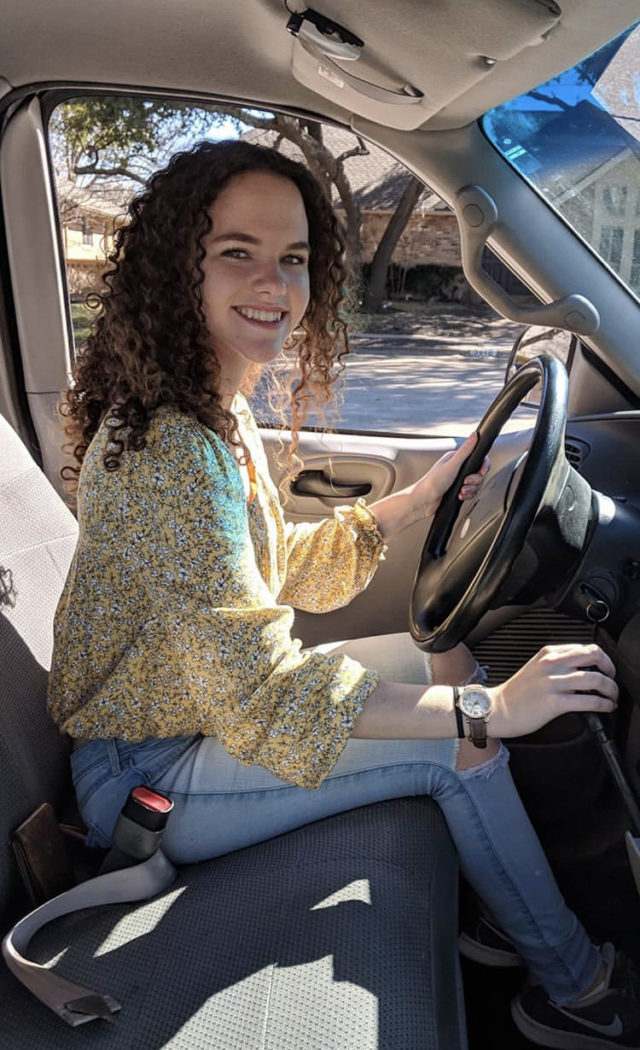
Not in a million years could I have seen what was coming next.
I sat down in one of the chairs, and my boss, Jennifer, jokingly told me I wasn’t in trouble, asked me if I remembered Tommy; she then proceeded to read an email he had sent the week prior.
At this point, I really had no idea what was going on, but could tell that the request wasn’t about giving a tour anymore. Then I heard the words “I was wondering if she would like to accept my old truck as a gift.”
I immediately gasped, my hand flew to cover my mouth while my eyes involuntarily formed tears that were soon streaming down my face. As she kept reading, the crying got much, much more intense, and now that I finally understood what was going on, I certainly could not believe it.
I spent probably another 20 minutes or so crying—very, very ugly crying; nothing was held back—and trying to regain my composure, which was proving very hard to do.
Jennifer and I spoke about some of the details regarding the situation and awed over what a generous gift and a generous person this was. Tommy had not only remembered me from my tour, but had remembered where I was from and that I had casually mentioned that I didn’t have a mode of transportation.
I remember saying, “This school…this school is such a special place.”
As I was sitting in the office, I called Tommy on the phone to let him know I had received the news and to thank him profusely, during which he gave his reason for giving me the truck: “Aggies help Aggies.”
So, the first weekend of Spring Break, I met Tommy again and picked up the truck! It is a 2000 F-150, navy blue, and…a manual! I had never even seen the inside of a manual vehicle in my life, much less driven one, but I was definitely determined to get the hang of it as quickly as possible!
A lot of my Spring Break was spent getting lessons from my boyfriend and driving around the neighborhood, updating Tommy on how I was doing with it. The first day was definitely the most frustrating, but by the third, it was fun, and on the eighth day, I was even able to take it on the highway!
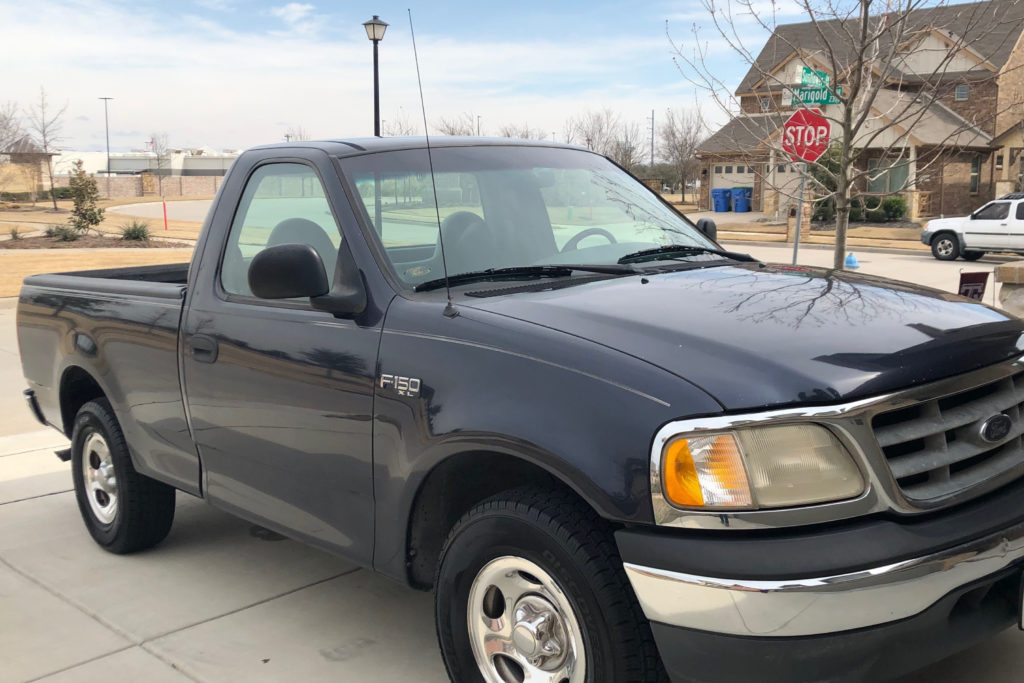 I will be forever grateful to Tommy and his generosity; knowing that he even considered giving his old truck to me warms my heart, but the fact that he actually did ignites my desire to pay the good deed forward.
I will be forever grateful to Tommy and his generosity; knowing that he even considered giving his old truck to me warms my heart, but the fact that he actually did ignites my desire to pay the good deed forward.
There are two things I had learned already, but are now so much more strongly held beliefs: one is that there is no other college like Texas A&M, not in Texas, nor in the country—it has such spirit, found just as strong in alumni as in current students. And two, that being kind to everyone you meet will get you places you never expected to be.

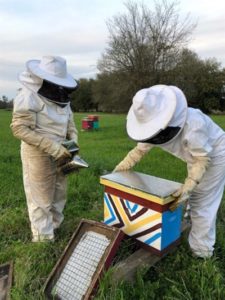
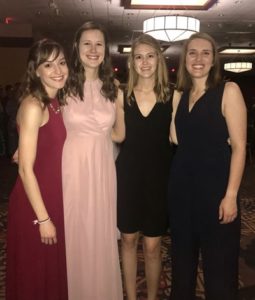


 Recently, in Orthopedic Surgery, we practiced fixing fractures on synthetic plastic bones. Although they weren’t exactly like the real thing, it was good practice trying to align the bone and drive a pin through it to stabilize it.
Recently, in Orthopedic Surgery, we practiced fixing fractures on synthetic plastic bones. Although they weren’t exactly like the real thing, it was good practice trying to align the bone and drive a pin through it to stabilize it. Though the event is a simulation that utilizes actors, it was surprising how much I immersed myself in the moment and learned from working through the various cases that were presented. The actors were so convincing and would show up anywhere from calm and collected to crying to screaming in panic!
Though the event is a simulation that utilizes actors, it was surprising how much I immersed myself in the moment and learned from working through the various cases that were presented. The actors were so convincing and would show up anywhere from calm and collected to crying to screaming in panic! Texas A&M presents great opportunities for its students, and majoring in biomedical sciences (BIMS) is one of them, because there are a variety of career-specific classes to take.
Texas A&M presents great opportunities for its students, and majoring in biomedical sciences (BIMS) is one of them, because there are a variety of career-specific classes to take. I have the honor of serving as the vice president of my veterinary school class and part of my job is to facilitate the mentor/mentee program that pairs second-year mentors with incoming first-year students.
I have the honor of serving as the vice president of my veterinary school class and part of my job is to facilitate the mentor/mentee program that pairs second-year mentors with incoming first-year students. Last week, I participated in a really unique event hosted by two of our student organizations—the Internal Medicine Club and the Veterinary Imaging Club. It was an after-school lab in which I got learn how to do ultrasound scans on dogs!
Last week, I participated in a really unique event hosted by two of our student organizations—the Internal Medicine Club and the Veterinary Imaging Club. It was an after-school lab in which I got learn how to do ultrasound scans on dogs! The veterinary school curriculum is designed to teach you many things. Yes, you will learn plenty of anatomy, physiology, and pathology, but there are some things that aren’t part of the curriculum that vet school teaches you, as well.
The veterinary school curriculum is designed to teach you many things. Yes, you will learn plenty of anatomy, physiology, and pathology, but there are some things that aren’t part of the curriculum that vet school teaches you, as well.